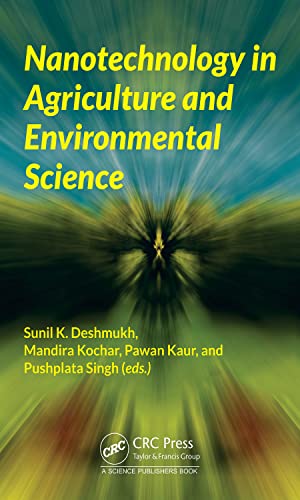

Most ebook files are in PDF format, so you can easily read them using various software such as Foxit Reader or directly on the Google Chrome browser.
Some ebook files are released by publishers in other formats such as .awz, .mobi, .epub, .fb2, etc. You may need to install specific software to read these formats on mobile/PC, such as Calibre.
Please read the tutorial at this link: https://ebookbell.com/faq
We offer FREE conversion to the popular formats you request; however, this may take some time. Therefore, right after payment, please email us, and we will try to provide the service as quickly as possible.
For some exceptional file formats or broken links (if any), please refrain from opening any disputes. Instead, email us first, and we will try to assist within a maximum of 6 hours.
EbookBell Team

0.0
0 reviewsThis book provides examples applications of nanotechnology in addressing problems and challenges in agriculture as well as environmental sciences and provides an overview of innovations in nanopesticides, nanofertilizers, bionanosensors and nano-based delivery system for improving different aspects of plant productivity including pre-harvest and post-harvest strategies as well detection of contaminants that could be useful for enhancing soil health. Recycling of agricultural waste to beneficial products using nanotechnologies; bionanosensors; fate of nanomaterials and the ecological consequences of their delivery into the environment; safety and nanotoxicity issues are other topics being dealt with in this book. Chapters have been written by internationally recognized researchers and experts with special reference to the innovations and latest developments in the mentioned areas of nanobiotechnology that have applications and commercial importance, especially for crop fields and post-harvest management.
Despite the research and development used to promote the use of nanotechnology in agriculture and the environmental, knowledge gaps and uncertainties about how to fill the gaps are more prevalent than scientific certainties about the public health and environmental effects of nanomaterials. The book thus addresses the issue of toxicity of nanomaterials in agricultural nanotechnology products. The book will be useful for active researchers and scientists in the agricultural sector, academia as well as industry, including nanotechnologists, plant pathologists, agronomists, agrochemists, environmental technologists and all scientists working for sustainability in agriculture. The book will encourage future and active researchers and scientists in the agriculture sector, academia as well as industry.